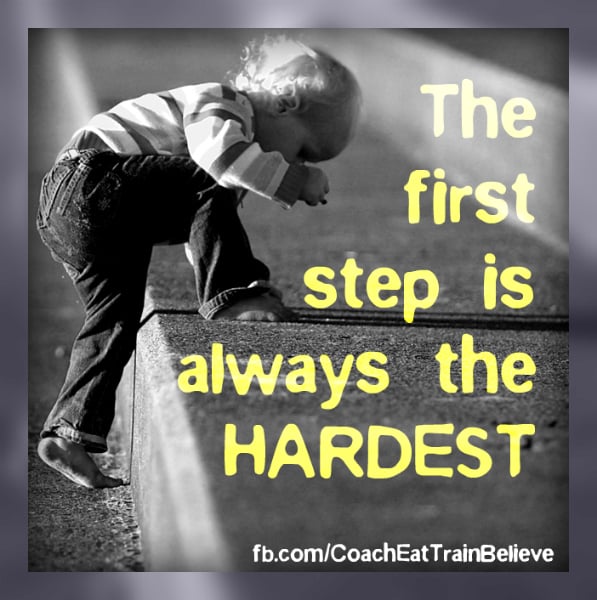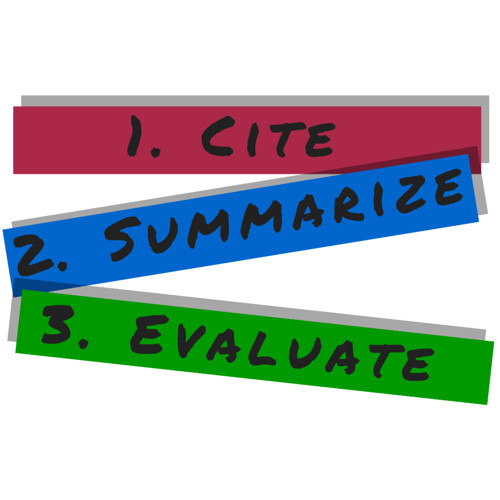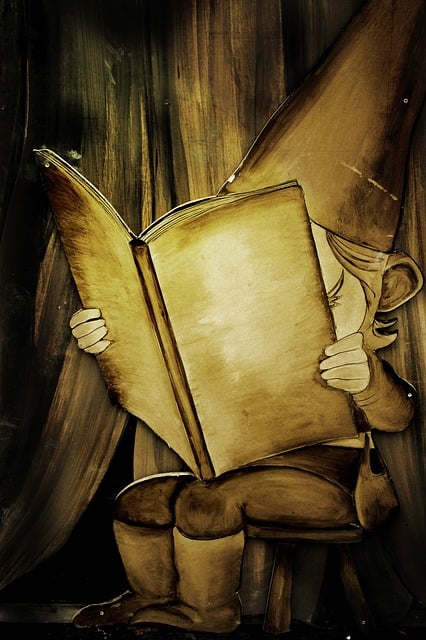Once upon a time there was a hard-working student who paid close attention to lectures, studied hard, and learned how to cite properly in both MLA and APA format.
The sun shone brightly.
Then one day a dark cloud overshadowed the world. A professor asked the student to write an annotated bibliography. The student grew pale.
She thought she had mastered all things related to citation. She didn’t want to learn how to write anything so terrible sounding as an annotated bibliography.
She closed her eyes tightly and wished her fairy godmother would magically write the annotated bibliography for her.
 POOF! Her fairy godmother appeared!
POOF! Her fairy godmother appeared!
“I will grant your wish….well, sorta,” said the fairy godmother. “I will not write the annotated bibliography for you, but I will teach you how to write one, thus enabling you to use the skill in your future courses.”
She wrote this blog post to teach all students how to write an annotated bibliography that works.
What Is an Annotated Bibliography?
An annotated bibliography is simply a bibliography with annotations. Okay, that doesn’t help much, does it?
Really, though, that’s all it is. You know how to write a Works Cited or Reference page, right? If you’ve mastered this, the next step is to simply add the annotations.
Annotations include a summary of the work, a critique of the author or credibility of the source, and a discussion of whether or not the source will be useful to your research.
Why Write an Annotated Bibliography?
I’m sure you’re saying, “Give me one good reason why I should write an annotated bibliography.” I’ll do better than that. I’ll give you three!
1. It’s a course assignment. If you want to do well in the course, you need to do it. Enough said.
2. An annotated bibliography helps you become a better researcher.
In order to write an annotated bibliography, you need to be able to summarize the source. This means you’ll need to take the time to read it carefully. You can’t just find a source and add it to the list without reading it.
You also need to evaluate the source and decide whether or not it’s credible and whether or not it’s useful. Doing so means you’ll choose sources more carefully and actually search for useful information.
No more picking the first few websites that show up on a Google search and trying to make them fit.
3. An annotated bibliography saves you time.
If you’re writing a research paper with three sources, it’s pretty easy to remember what you read in each source. If, on the other hand, you’re writing a longer research paper and using 10 or more sources, it’s not that easy.
Imagine you’re on page 5 of your research essay, and you remember reading the perfect quote about binge drinking in…um…well, you read it in one of your sources, somewhere.
Unless you have some magic fairy dust to help remember everything you’ve read, you’ll likely spend 25 minutes looking for that perfect quote.
Trust me, writing an annotated bibliography may seem like a major pain now, but once you see how much time it will save you, and once you see a good grade on your paper, you’ll be happy you wrote it.
Before You Begin Writing

Do your research!
You can’t exactly write an annotated bibliography without sources, so start researching!
If you’re not sure where to find sources read 5 Best Resources to Help with Writing a Research Paper.
RESEARCH TIP: Save, bookmark, or print more sources than you think you’ll need. Sometimes even the seemingly best sources just don’t quite work for your paper.
Read and take notes.
You don’t have to spend hours taking notes on every little detail, but you should mark the following, as you’ll need them to write your annotations:
- The main ideas of the source
- Questions or comments about the argument’s or author’s credibility
- Key points or quotes that you might include in your paper
- Whether or not the source will be useful in your research paper
Now that you’ve found your sources and taken notes, we can get down to the business of writing.
Remember, there will be no waiving of fairy godmother wands to magically produce a completed annotated bibliography. You will need to write your own.
So let’s get started.
How to Write an Annotated Bibliography that Works

Not all annotated bibliographies are written in the same way. Some include primarily summary and informative annotations. Others include a critique of sources. Most annotated bibliographies contain some combination of elements and can vary in word count.
Don’t assume you know which type you should be writing. Ask your professor about the exact requirements for your assignment.
Follow these 3 steps to learn about the basics of how to write an annotated bibliography.
Step 1: Cite your source in proper APA, MLA, or other required citation style
Each of your entries will begin with a full bibliographic entry.
This entry looks just like the entry you’d include on a regular Works Cited or Reference page. Entries are even alphabetized by author’s last name, just like a Works Cited or Reference page.
Here’s an example I created to show you what the citation will look like.
APA format
Robertson, A. (2012). Why fairy tales are important. Psychology Today. (13)2, 210-222.
MLA format – 7th edition
Roberston, Ann. “Why Fairy Tales are Important.” Psychology Today. 13.2 (2012): 210-222. Print.
MLA format – 8th edition
Roberston, Ann. “Why Fairy Tales Are Important.” Psychology Today, vol. 13, no. 2, 2012, pp. 210-222.
Need some help with APA or MLA? Read How to Write APA Citations in 4 Easy Steps and How to Write MLA Citations Without Going Crazy.
Step 2: Summarize the source
A summary explains the main ideas of the source.
Someone else should be able to read your summary and know exactly what the source is about.
This isn’t the time to tell readers whether or not you like the source. Be objective. Just state what the source is about. No more, no less.
Here’s an example of what a summary of an article might look like.
Robertson’s article argues that fairy tales are important because they teach children moral tales of right and wrong and provide children an outlet for their emotions. Fairy tales also allow children to develop their imagination and critical thinking as they journey with characters to magical lands.
Step 3: Evaluate the source
Here’s your chance to write a brief paragraph or two to tell readers what you think of the source and how it fits into your own research. I’ve color coded the questions you should ask, so that you can clearly see what’s going on in my example below.
Ask yourself these questions:
- Is the author credible?
- What did I like or not like about the source?
- Are the arguments effective?
- Does the author support her arguments?
- What are the strengths and weaknesses?
- How might I incorporate this source into my paper?
Answering these types of questions will help you formulate an effective critique and evaluation of each source.
Here’s an example of what your evaluation might look like.
Dr. Robertson is a well-known children’s psychologist who also has elementary education experience. Her articles are published in a number of peer-reviewed journals, and her work is considered credible.
The article will be an excellent source for my paper because it includes recent studies about children’s appreciation for fairy tales and features a detailed discussion of why fairy tales are beneficial to children. Robertson even includes interviews with children that I may be able to use in my introduction.
That wasn’t as bad as you thought, was it? Just three quick steps and you have an annotated bibliography!
If you need a quick way to remember the steps in writing an annotated bibliography, just remember CSE: Cite, Summarize, Evaluate.
Putting It All Together
Writing your annotated bibliography in small steps can make a large task seem far less intimidating.
Now that you know how to write each part of an annotated bibliography, the final step is to put it all together and make sure it’s in proper format.
These sample APA and MLA annotations will help guide you.
They Lived Happily Ever After
At the end of the day, the student learned how to write an annotated bibliography.
She knew she needed to write an appropriate MLA or APA citation followed by a summary and evaluation of the source.
The student worked diligently to write an annotated bibliography then had a Kibin editor review her work.
Both the fairy godmother and the student were delighted when the student received her final grade.
And they all lived happily ever after.
Useful Resources to Help Write an Annotated Bibliography
Writing an Annotated Bibliography: This source includes a list of verbs to help you write about and summarize sources.
Annotated Bibliography: Tips for Writing: This source includes an overview of how to write an annotated bibliography and a template to help you write annotations.
Finally, this short video provides a basic overview of an annotated bibliography.
Good luck!

